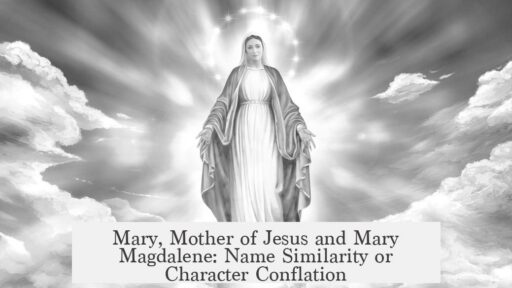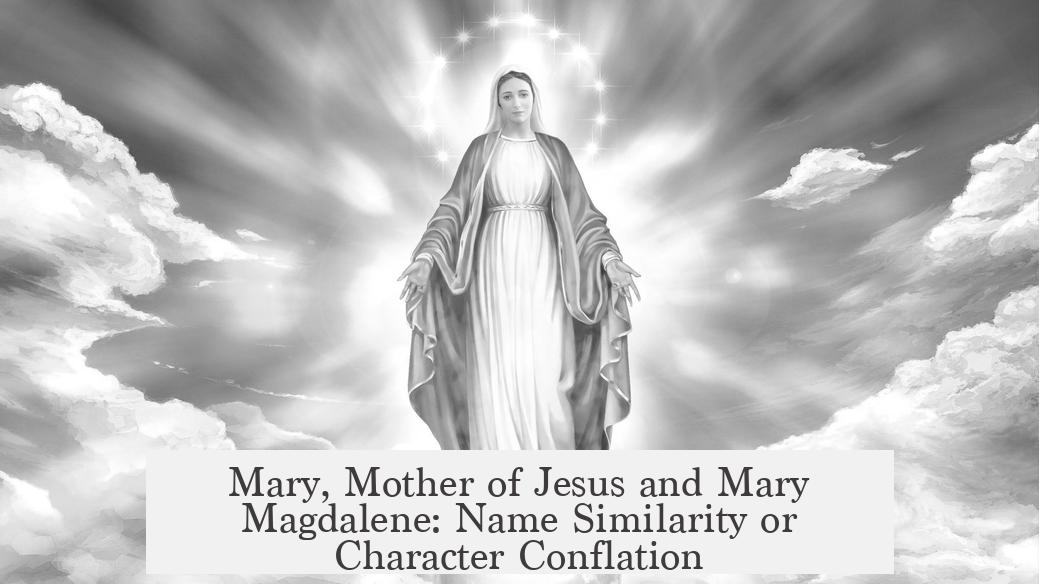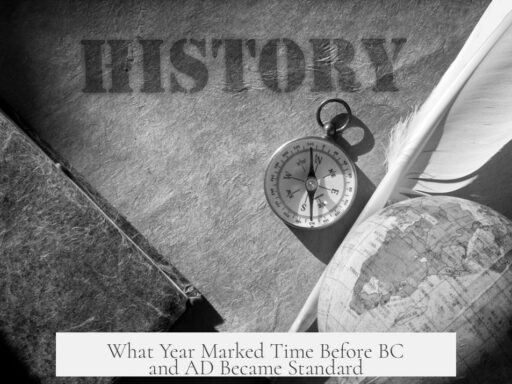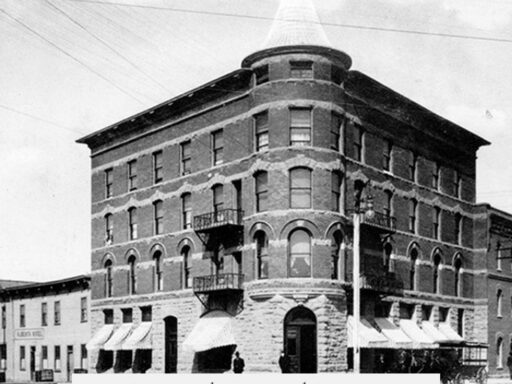Mary, mother of Jesus, and Mary Magdalene share the same name due to its common use at the time, not because of character conflation. They are distinct individuals identified separately in the New Testament.
The name Mary (originally Miriam or Maryam) was widespread in first-century Judea. It was a popular Hebrew name, borne by several women in the New Testament, including Mary, mother of Jesus; Mary Magdalene; and Mary, the sister of Martha. This commonality explains the presence of multiple Marys without implying they are the same person.
The New Testament clearly differentiates between Mary, the mother of Jesus, and Mary Magdalene. The Virgin Mary appears in narratives as Jesus’ mother, while Mary Magdalene is depicted as a follower and witness to Jesus’ resurrection. These roles and storylines are always separate, preventing confusion within the texts themselves.
Medieval traditions, however, introduced some character conflation—but only involving Mary Magdalene and other New Testament women. During that period, Mary Magdalene’s story merged with those of Mary of Bethany (the sister of Martha) and the sinful woman described in Luke 7. This blending created a more complex legend around Mary Magdalene, but the Virgin Mary remained distinct and was never part of this conflation.
This distinction matters for understanding biblical narratives and Christian traditions. The Virgin Mary retains her unique status as Jesus’ mother, while Mary Magdalene emerged in tradition with a separate identity influenced by medieval storytelling.
- Mary was a common name in biblical times, derived from Miriam/Maryam.
- The New Testament distinguishes Mary, mother of Jesus, and Mary Magdalene clearly.
- Medieval conflation affected Mary Magdalene’s character but excluded the Virgin Mary.
- Other women named Mary, like Mary of Bethany, also appear in Scripture, adding to name repetition.
- Scholars detail the evolution of Mary Magdalene’s story separately from the Virgin Mary’s narrative.
Mary, Mother of Jesus, and Mary Magdalene: Same Name, Different People?
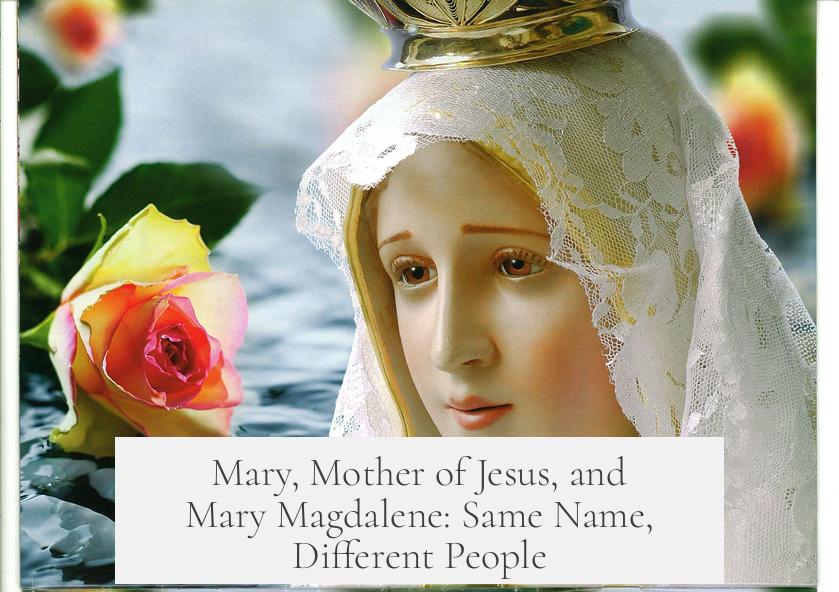
Mary, mother of Jesus, and Mary Magdalene share the same name, but this isn’t coincidence alone; it’s mostly because Mary was a very common name in biblical times. Importantly, they are two distinct individuals with separate roles in the New Testament, not a case of character conflation.
Let’s unpack this fascinating topic. When you hear the name “Mary” in the Bible, your brain might instantly picture the Virgin Mary cradling baby Jesus. But there’s also Mary Magdalene, who appears repeatedly around Jesus’ crucifixion and resurrection stories. Some folks wonder, “Is this just a coincidence? Or are these figures actually mashed together over time?”
The Name “Mary” Was the New Testament’s Equivalent to “John” Today
First off, the name Mary wasn’t unique or special to one woman. In fact, it’s like the biblical version of “John” or “Sarah” today—common. It derives from the Hebrew name Miriam or Maryam, which appears way back as the name of Moses’ sister. That makes it a classic and popular name for Jewish women of the period.
In the New Testament alone, there’s Mary, mother of Jesus; Mary Magdalene; Mary, sister of Martha (also called Mary of Bethany); and even Mary, the mother of James. So it’s no surprise we see this name frequently without implying the same person.
Explicit Biblical Distinction Between Mary Magdalene and the Virgin Mary
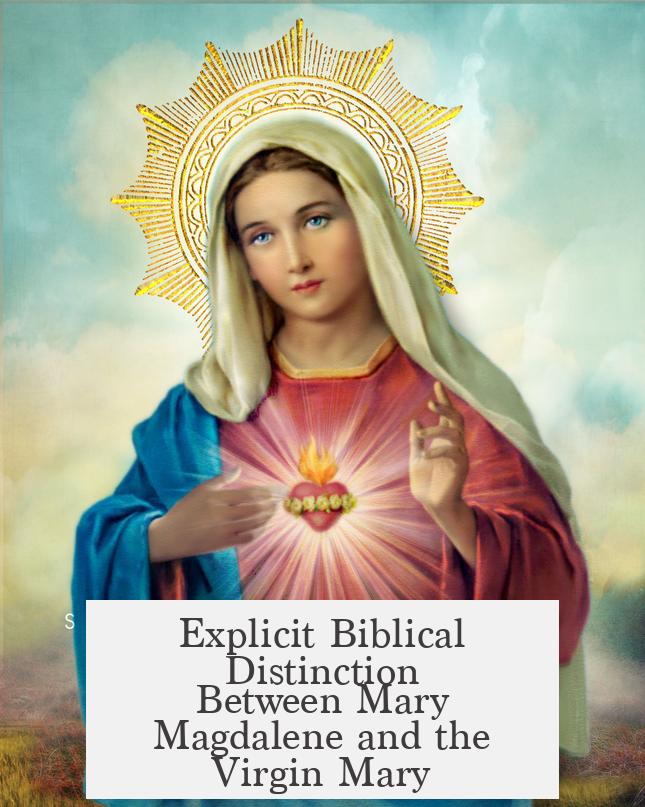
The Bible itself clearly treats these two Marys as separate individuals. This isn’t some guesswork by modern readers. Passages mention Mary, mother of Jesus, as Jesus’ mother figure and place her distinctively in narratives like his birth and early life. Meanwhile, Mary Magdalene shows up primarily around Jesus’ suffering, death, and, vitally, resurrection.
There’s no textual confusion: they serve different narrative roles, and there is no indication they are one and the same. This separation is important because it helps us understand their unique characters without blending or diluting their identities.
Where Does Character Conflation Really Occur?
While Mary Magdalene and Mary, mother of Jesus remain distinct, medieval traditions did merge some New Testament women—just not the Virgin Mary. Mary Magdalene’s story, over centuries, absorbed the identities of Mary of Bethany (sister of Martha) and the so-called “sinful woman” who anointed Jesus’ feet in Luke 7.
This medieval mash-up painted Mary Magdalene as the archetypal repentant sinner, although the Bible doesn’t explicitly say she was a prostitute or the same as the sinful woman. This conflation made her story more dramatic and layered but never blended her with the Virgin Mary, underlining the latter’s unique status.
This is a good reminder that “character conflation” is real but contextually specific. It’s a literary and theological evolution affecting some Marys but sparing others, particularly Mary, mother of Jesus.
Why Does This Matter to Us Today?
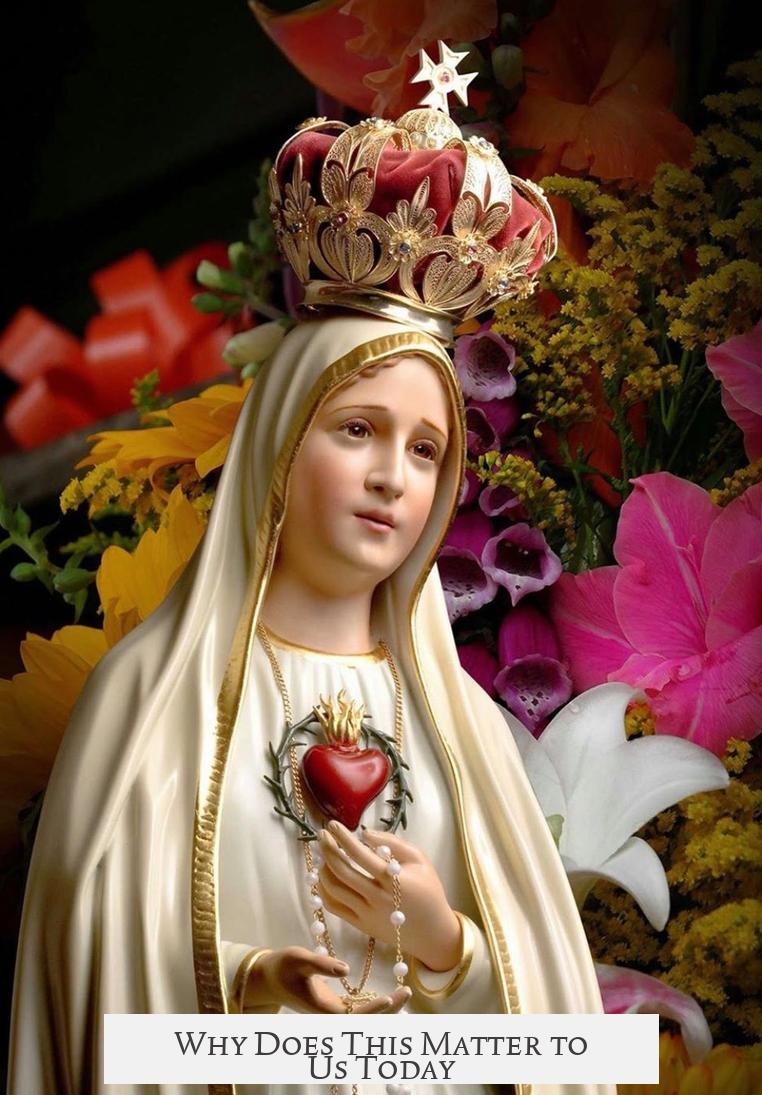
Understanding these distinctions helps clear up common misconceptions, especially when reading or hearing stories involving “Mary” in Christian contexts. Without realizing the commonality of the name, readers might conflate the figures unintentionally, missing the depth the Bible grants each woman.
For instance, Mary Magdalene’s role as a witness to the resurrection and an important disciple is powerful on its own. The Virgin Mary’s role centers on motherhood and divine obedience. Keeping these identities separate respects their individuality and theological importance.
Wondering About the Evolution of Mary Magdalene’s Story?
If that tickles your curiosity and you want a deeper dive into how Mary Magdalene’s character changed from biblical times through the Middle Ages and into modern interpretations, there are excellent resources available. One recommended explanation explores how her legend grew by integrating different Gospel characters, enriching and complicating the story.
For a thorough discussion, see this detailed historical analysis. It helps explain how various threads of Mary Magdalene’s story weave together while Mary, mother of Jesus, stays singular and unique.
Here’s What To Remember
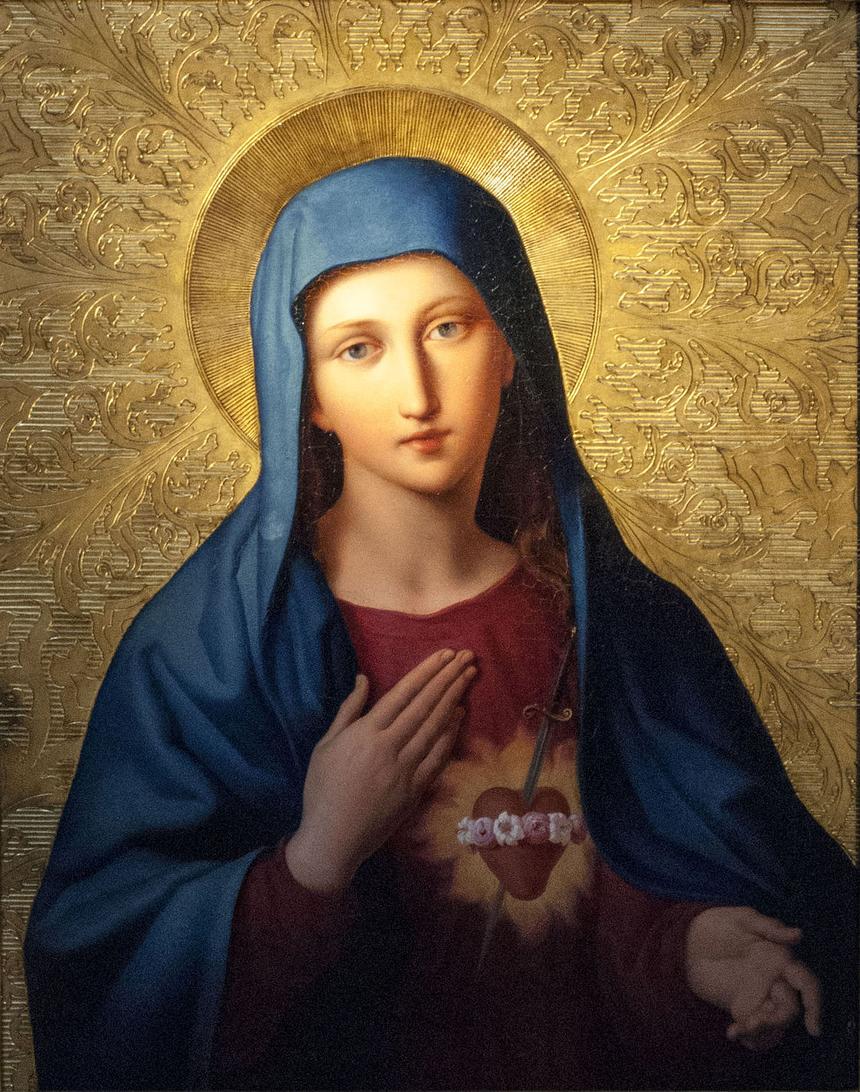
- The name Mary was extremely common in first-century Judea.
- Mary, mother of Jesus, and Mary Magdalene are distinctly different people, based on scriptural text.
- Character conflation happened in medieval times but involved Mary Magdalene absorbing other Mary’s stories, not the Virgin Mary.
- Recognizing these differences helps appreciate each Mary’s unique role and legacy.
Final Thoughts
Names can be tricky, especially when they’re common, but that doesn’t mean different characters blur into one. The shared name Mary between Jesus’ mother and Mary Magdalene signals cultural naming patterns rather than confusion or literary mix-up.
So, the next time you hear “Mary” in a biblical context, don’t jump to conclusions. Instead, ask which Mary is in the spotlight. Understanding the distinct identities enriches your grasp of these pivotal figures in history and faith.
Isn’t it fascinating how a simple name can open doors to such rich stories and history? It’s an exciting reminder that sometimes what seems like a coincidence is just a glimpse into the everyday lives of people long ago.
